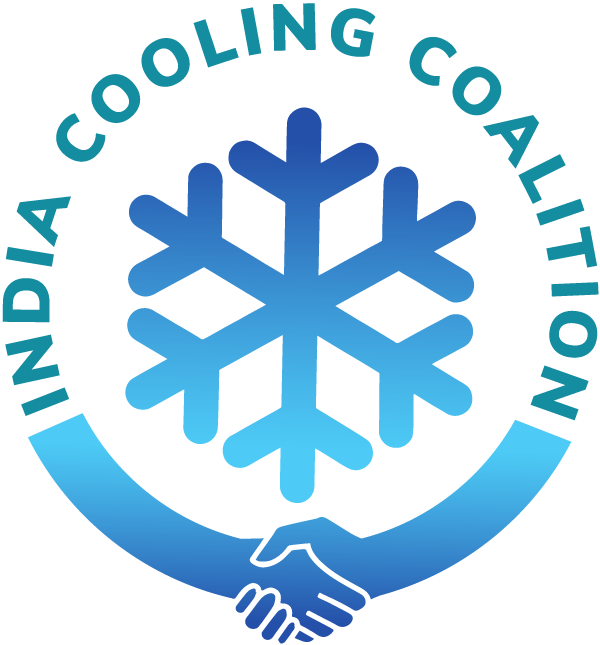India, in August 2021, embarked on yet another important and forward-looking initiative to combat climate change by approving the ratification of the Kigali amendment to the Montreal Protocol. The Kigali Amendment is the latest amendment to the Montreal Protocol (a multilateral environmental agreement focused on regulating the production and consumption of Ozone-depleting substances) under which countries enter into binding and measurable commitments to phase out the production and consumption of hydrofluorocarbons (HFCs) (used in refrigerants, air conditioners and insulating foams) known for their high global warming potential (GWP). The amendment, if ratified, has the potential to avoid atmospheric temperature rise by 0.5 degrees Celsius and further reduce the emissions of CO2 equivalents in the atmosphere by 70 billion tons by the mid of the century (UNIDO, 2017).
The ratification by India is noteworthy for its potential implications for the environmental, social and economic sectors of the country. It synthesizes with the country’s ongoing pro-climatic commitments and actions, including those expressed under the India Cooling Action Plan and initiatives on energy efficiency with a broader focus to bring down the energy intensity of the economy.
The Montreal Protocol, in its first phase of inception in 1989, had successfully promoted the second generation of transitions in the refrigerant industry from chlorofluorocarbons (CFCs) and Hydrochlorofluorocarbons (HCFCs), which were linked to the destruction of the stratospheric ozone. To adhere to these transitions, India abided by the HCFC Phase-out Management Plans (HPMP). Stage 2 of the phase-out plan is currently under implementation until 2023. It has triggered actions and innovations for technological advancements across foam manufacturing and air conditioning segments to phase out R-22 (an HCFC) from six room AC brands in the country by 2022 and train 17,000 service technicians. With the Kigali Amendment, India will enter into the fourth generation of transition in the refrigerant industry and develop pathways to move from HFCs to non-HFCs and other low-GWP based refrigerants. The ratification sends clear signals from the Government of India to the industry to ramp up its research and development activities and foster innovation of newer variants of air conditioners and other cooling appliances that can function efficiently with the evolving line of low GWP or natural refrigerants. The pace and viability of these innovations can make India a leader in the upcoming market for these new products and confer the economic benefits of first-mover by giving it a competitive edge over other market players globally.
Under the Kigali Amendment, HFCs will need to be gradually phased out to 85% of their current demand by 2047. There are several alternatives to HFCs such as propane, isobutane, ammonia, among others. These refrigerants offer lower costs, have low GWP and high energy efficiency compared to their fluorinated counterparts. In addition, there are other options such as ammonia-based secondary cooling systems, desiccant cooling, evaporative cooling, absorption cooling that can also be adopted.
Indian government and industries have worked with non-government agencies in several challenging areas such as air pollution, e-mobility, and renewable energy. The NGOs have played a key role in bringing together views from diverse stakeholders and offering policy prescriptions for achieving the goals in these respective areas. India’s cooling action plan (ICAP) and the Global Cooling Prize are examples wherein all the government, industry, and civil society organizations came together to advance cooling efficiencies and limit the damage to the environment from the rapidly growing air conditioning demands.
Along these lines, the government, industry and civil society need to come together and demonstrate leadership, as in RE and e-mobility. Civil Society Organisations (CSOs) can work with industry to develop research and evidence and put together a directory of good practices and innovative business models that can accelerate the markets to innovate and absorb the transitions. Also, the advisories and advocacies by CSOs in the dimensions of awareness, training, and capacity buildings can generate and maximize the desired impacts across sectors of the amendment.
These steps would boost the Government of India’s ongoing emphasis to promote the domestic production of indigenous solutions and technologies and hence amplify the growth prospects for the country’s manufacturing sector. The gains from expanded manufacturing activity are also expected to translate into more employment opportunities, generating economic co-benefits.
This is indeed another opportunity for India to take on a leadership role that will strengthen India’s global position on actions to promote sustainable cooling and pro-environment solutions.
The national strategy for the phase-down of HFCs, which will be prepared by 2023, will be the first of the many actions that the triple sector leadership can work together towards.
This blog is written by Dr. Bhaskar Natarajan and Tarun Garg. While Dr. Bhaskar serves as an advisor to AEEE, with over 25 years of experience in areas related to clean energy, Tarun leads the Buildings and Communities vertical, with an overall experience of over 12 years in the sector.

